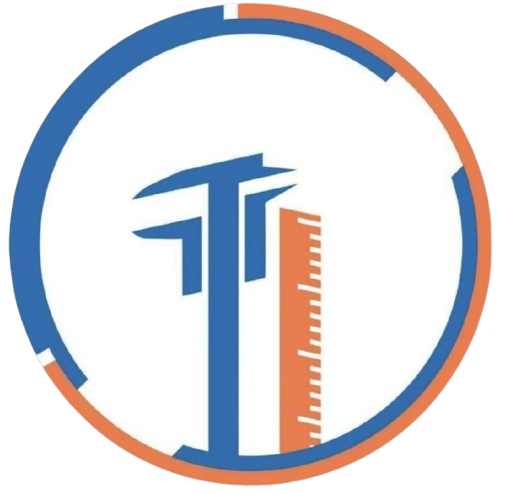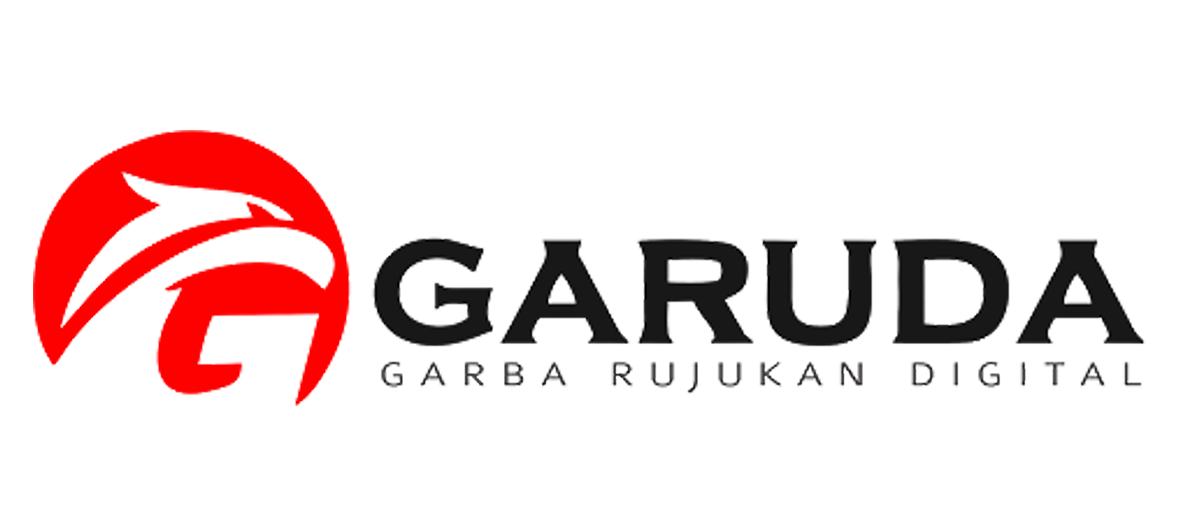Pengendalian Kualitas Produk Giboult Joint dengan Menggunakan Metode Statitical Quality Control (Studi Kasus: PT. Aneka Adhilogam Karya )
Keywords:
Statistical Quality Control, Fishbone Diagram, P-Chart, Product Defect, Proposed ImprovementAbstract
PT. Aneka Adhilogam Karya is a company engaged in the metal casting sector which has superior products, Giboult Joint. In the production process, 9.84% defects were found. With the percentage of defects that have exceeded company standards, it can result in losses for the company both in terms of time, effort, and cost. This study aims to determine the percentage of the number of defects in the product as well as the factors that cause defects in the Giboult joint product and to plan the proposed improvement using the Statistical Quality Control method. Statistical Quality Control is the use of statistical methods to identify potential failures that arise by minimizing the risk of product defects, so that the resulting product can meet the quality standards of consumers by means of a statistical approach. Quality control tools used are check sheets, histograms, Pareto diagrams, control charts (P-Charts), and fishbone diagrams. The results obtained using this method are that there is an average product damage of 9.84%. and the average product damage is between the upper limit of 18% and the lower limit of 16.8% with the factors causing defects are human, material, method, and environmental factors. Proposed improvements that can be made by the company are by giving directions and warnings to workers, enriching more than 1 time, giving water according to the standard and providing air channels / holes in the mold, then by increasing air vents to facilitate air circulation.








